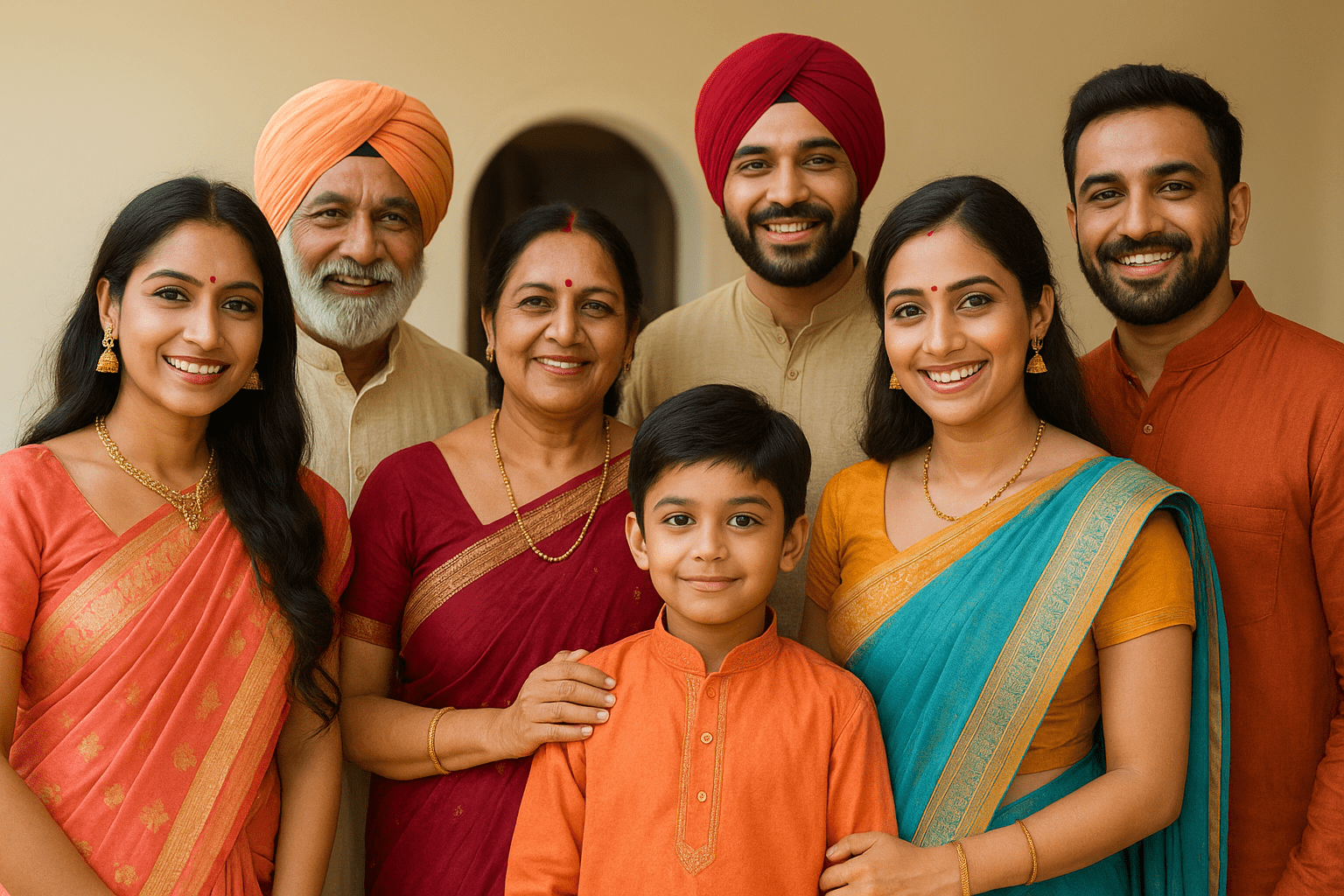
Bengali Wedding Traditions: A Joyous Celebration of Culture, Rituals, and Food

Bengali Wedding Traditions: A Joyous Celebration of Culture, Rituals, and Food
Bengali weddings are a tapestry of vibrant rituals, emotional moments, and mouthwatering feasts. Known for their elegance, cultural depth, and poetic ambiance, these weddings beautifully showcase the essence of Bengali heritage. From the sacred Aiburo Bhaat to the playful post-wedding games, each ceremony is steeped in tradition while embracing modern flair.
Pre-Wedding Rituals Full of Charm
The journey of a Bengali wedding begins with a series of heartwarming pre-wedding rituals:
- Aiburo Bhaat: A celebratory meal offered to the bride or groom by their family before marriage, considered their last meal as a bachelor or bachelorette.
- Ashirbaad: Elders bless the bride and groom at their respective homes with gifts, including gold ornaments, new clothes, and sacred rice (dhaan).
- Dodhi Mongol: On the wedding day’s morning, the bride and groom consume curd and rice to begin the auspicious day with purity and simplicity.
- Gaye Holud: A turmeric ceremony where both the bride and groom are anointed with turmeric paste, symbolizing beauty and purification. The turmeric is often sent from the bride’s family to the groom’s home and vice versa.
The Traditional Bengali Wedding Ceremony
Steeped in sacred chants and emotional moments, the wedding ceremony itself is an orchestration of cosmic harmony and cultural richness.
- Shubho Drishti: A heart-touching moment when the bride, covering her face with betel leaves, reveals herself for the first time to the groom – often accompanied by the dramatic ululation and conch blowing.
- Mala Bodol: The exchange of flower garlands symbolizing mutual acceptance. This is done amidst much laughter and playful resistance.
- Sampradan: A senior male member of the bride’s family gives away the bride’s hand to the groom in the presence of the sacred fire and chants by the priest.
- Saptapadi: The couple takes seven symbolic steps around the fire, promising lifelong commitment and partnership.
- Anjali: Together they offer puffed rice to the sacred fire, showcasing their unity in hopes and responsibilities.
If you’re interested in how traditions vary across regions, explore Bihari wedding customs or compare it with South Indian wedding rituals.
Bridal Finery & Groom’s Elegance
A Bengali bride’s ensemble is a visual delight. Dressed in a classic red or maroon Benarasi saree with gold zari work, she embodies elegance. Her forehead gleams with chandan designs and a large red bindi, complemented by intricate gold jewelry like ‘shonar mukut’ and ‘nath’.
The groom often wears a cream or white silk punjabi with a traditional dhoti, paired with a distinctive topor (paper-craft headgear), symbolizing purity and grace. The attire reflects the regional pride and artistic heritage of Bengal.
Discover how Indian grooms across cultures dress differently for weddings.
Post-Wedding Fun and Family Bonds
After the solemn rituals, comes a time of games, laughter, and emotional farewells.
- Bou Bhaat: The bride is formally introduced in the groom’s house and serves her first meal – a tradition steeped in love and acceptance.
- Bashi Biye: Symbolic continuation of the wedding ceremonies held on the following day.
- Kaal Ratri: The couple must sleep separately on the first wedding night – believed to spiritually prepare them for married life.
- Reception: Hosted by the groom’s family, the reception marks the festive integration of the bride into the groom’s family with hearty celebrations.
Interested in more cultural nuances? Read about Oriya post-wedding rituals or Maharashtrian family traditions.
Food: A Bengali Grand Feast
No Bengali wedding is complete without an unforgettable culinary spread. It’s where tradition meets indulgence.
- Shorshe Ilish: Hilsa fish cooked in mustard gravy, a delicacy that’s symbolic in many Bengali households.
- Chingri Malai Curry: Tiger prawns in a coconut-milk-based curry – rich, creamy, and regal.
- Luchi and Alur Dom: Puffy bread served with spicy potato curry, often part of pre- or post-wedding meals.
- Mishti: Dessert is a showstopper – from Rasgullas and Sandesh to Mishti Doi served in clay pots.
- Vegetarian delights: Labra (mixed vegetables), shukto (bitter starter), and payesh (rice pudding) round off a satisfying vegetarian menu.
Want more regional wedding food inspiration? Explore Kashmiri wedding dishes and South Indian vegetarian feasts.
Cultural Reflection
Bengali weddings go beyond ornate rituals—they are about emotional connections, poetic moments, and age-old customs that bring two families together under the canopy of love and respect. Whether you’re planning your own wedding or learning about Indian cultures, these ceremonies remind us of the deep-rooted values in every matrimonial journey.
Ready to embrace a tradition-rich love story? Find your perfect match today.
